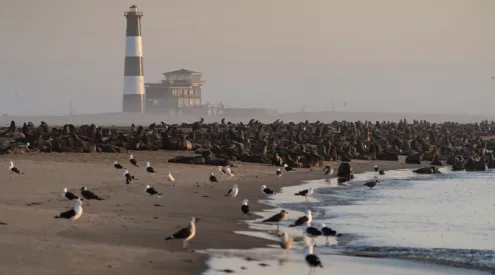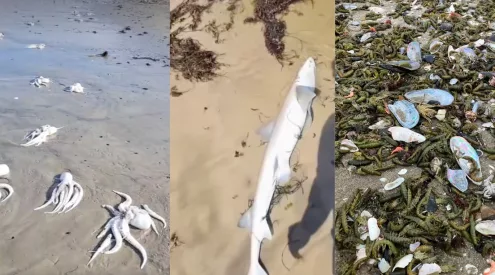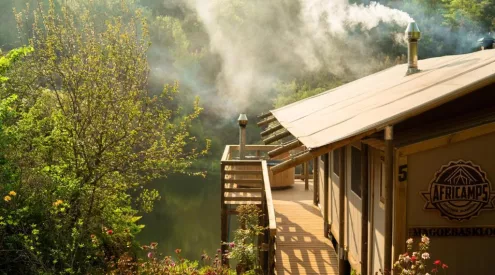
Image: Unsplash / Vishnu Prajapati
Are your kids growing up with more screen time than green time? Nature is both wildly beautiful and deeply at risk. And so, raising nature-literate children is now more important than ever. Beyond that, learning about the world around can teach you a lot about life.
ALSO READ: Guide to educational travel with kids
What is nature literacy?
Nature literacy isn’t about memorising plant names or knowing every animal in the Jungle Book off-by-heart. It rather involves helping kids understand how natural systems work, where food and water come from, and how different life forms — including us — fit into the bigger picture. It’s about encouraging their curiosity, confidence, and care for and in the world outside.
Why nature literacy matters
When kids spend time in nature, it promotes good mental health, better focus, stronger immune systems, and even better performance in school. Beyond the health benefits of it, children who understand and love nature are more likely to grow into adults who protect it.
In South Africa, where conservation issues like poaching, climate change and habitat loss are everyday realities, raising environmentally conscious kids is an investment in the future.
7 practical ways to raise nature-literate kids
Here are some tips for parents on how to encourage nature literacy in young minds.
1. Encourage learning wherever you are
You don’t need to visit a national park for a memorable learning experience about nature. You could be walking through a greenbelt, strolling on the beach, hiking trails nearby your home, or exploring your own garden. The key is to encourage your kids to ask questions about what they see, hear, and smell–wherever they are. What bird is that? Why is this rock smooth? That’s nature literacy in action. Plus, it encourages you to learn more about your environment, too.
2. Make nature part of daily chats
Intentionally incorporate nature into your everyday conversations at home. Chat about seasonal change and climate change, point out interesting life forms in your garden, etc. These small acknowledgments build environmental awareness as part of everyday life.
3. Create a nature tradition
Create new family traditions centred around natural events—perhaps watching the spring wildflowers bloom in Namaqualand or tracking the sardine run along the Wild Coast. These experiences become anchors in a child’s memory and development.
4. Allow for unstructured nature time
While guided nature walks do have their place, unstructured exploration outdoors allows children to develop their own relationship with nature. A child allowed to follow their curiosity in a safe outdoor space often discovers more than one led along a predetermined path.
5. Model wonder, not worry
While climate concerns are valid, focus first on building love for nature before introducing environmental challenges. Children who deeply connect with natural spaces develop intrinsic motivation to protect them later.
6. Expand the definition of ‘nature’
Nature is absolutely everywhere. Teaching children to notice life everywhere helps them see nature as accessible rather than something that is distant and separate.
7. Encourage a little riskiness
A great way to address your child’s wellbeing is through letting them take part in outdoor risky play, reports The Conversation. “When climbing trees, building dens, riding a bike fast, constructing rafts to float on water, or exploring a woodland, children make their own decisions on which risks to take and which to avoid. This empowers children to be decisive and independent in other situations, such as in their transition to secondary school, rather than relying on adult prompting or direction,” the article reads. This is especially important when it comes to being out in nature – encouraging your child to find his or her own feet out in the wild is an invaluable skill that can best be learned by doing!
Follow us on social media for more travel news, inspiration, and guides. You can also tag us to be featured.
TikTok | Instagram | Facebook | Twitter
ALSO READ: How to survive your Easter road trip with your kids

















